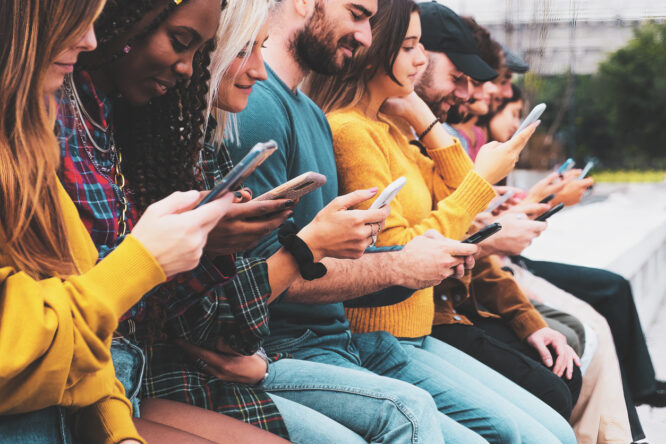It’s wild how quickly everyday routines can slip away without anyone really noticing.

Things that felt like automatic parts of daily life just a decade ago are quietly fading out, replaced by new habits and tech-driven shortcuts. It’s not all bad, but sometimes you catch yourself feeling a little nostalgic for the way things used to be. Here are some routines that used to be pretty common only a decade ago that are becoming less and less of a thing these days.
1. Having long stretches of being unreachable

Ten years ago, it wasn’t unusual to go hours without answering texts, emails, or notifications. Being unreachable was normal, and nobody panicked if you weren’t immediately available. Today’s world expects constant contact. The pressure to be always “on” leaves very little breathing room. Those long, quiet stretches where no one could reach you without a landline feel almost like ancient history now.
2. Burning CDs or downloading music manually
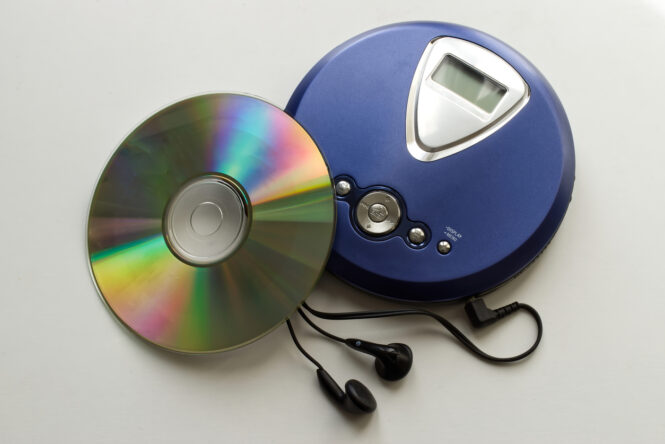
Back then, making a playlist meant burning CDs or meticulously downloading songs onto your device. It took time and intention. You really had to love a song to go through the whole process. Now it’s streaming on-demand, endless options with zero wait. It’s convenient for sure, but there was something satisfying about the effort it used to take to curate your perfect mix.
3. Calling friends just to chat
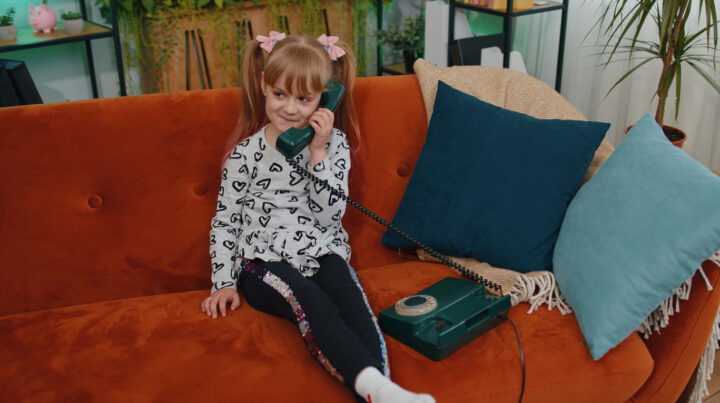
Phone calls were the norm for catching up, not a special event that needed a scheduled appointment. You’d just call someone because you were thinking of them, no big deal. Now a random phone call feels almost intrusive unless you text first. Casual chats are getting rarer, and with them, some of the easygoing closeness that came from hearing a friend’s voice out of the blue.
4. Flipping through physical menus at restaurants

Going out to eat used to start with the satisfying shuffle of laminated menus. Now it’s QR codes everywhere, with your phone screen taking over another tiny moment of real-world interaction. It’s efficient, sure, but there’s something about physically handling a menu, pointing at dishes, or seeing food stains from past meals that made the experience feel a little more human and lived-in.
5. Waiting for TV shows to air once a week

There was a time not long ago when you had to wait an entire week to find out what happened next in your favourite show. It built excitement and patience in a way binge-watching never really replicates. Streaming has made it easy to consume entire seasons overnight, but it’s also stolen a bit of the slow-burn magic. There’s a different kind of anticipation when you can’t get immediate answers.
6. Writing things down in a physical planner
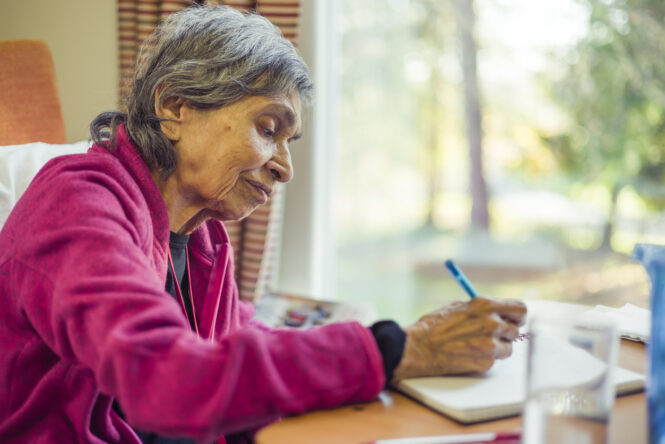
Carrying around a paper planner used to be part of adult life—appointments, deadlines, scribbled notes all lived in one place you could physically flip through. Now it’s apps, reminders, and cloud syncing everywhere. Digital tools are great, but there’s something about crossing off a to-do list by hand that still feels satisfying in a way no swipe or tap ever will. That tactile connection to your plans is fading fast.
7. Browsing actual bookshops for fun
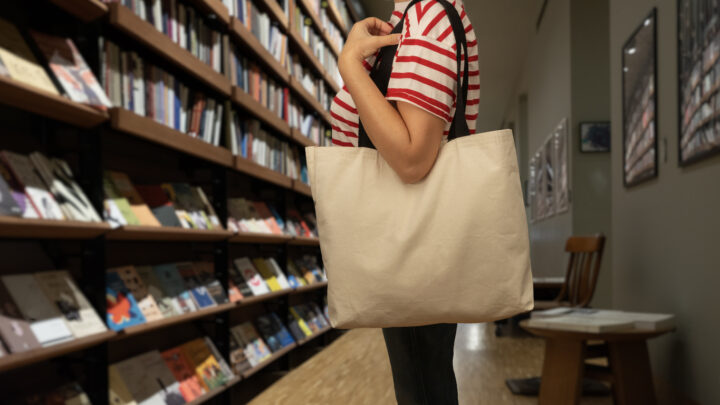
Spending an afternoon wandering through a bookshop wasn’t a special trip. It was just a regular way to find your next read, maybe get a coffee, maybe find a book you didn’t even know you wanted. Online shopping is faster, but it’s harder to replicate that feeling of discovery. There’s something magical about pulling a random book off a shelf and falling in love with it without an algorithm suggesting it first.
8. Printing out photos for albums or frames

Only a decade or so ago, printing photos was still a regular thing. You’d go to a kiosk, print a stack, and spend a weekend putting together albums or switching out picture frames around the house. Now most of our memories live quietly in our phones, forgotten unless we scroll back on a random afternoon. The physical ritual of preserving memories feels like it’s slipping away without much fanfare.
9. Memorising phone numbers

Remember when you actually knew your best friend’s number by heart? Or your parents’, your crush’s, your workplace’s? It was just normal mental storage because you had to rely on yourself, not your contacts app. Today, most of us barely know our own numbers, let alone anyone else’s. It’s convenient, but it also means we’re more dependent on tech for even the simplest bits of connection.
10. Balancing a physical chequebook

Keeping track of your bank balance by sitting down with a chequebook and calculator was just how adulting worked, even if you weren’t great at it. Online banking existed, but manual checks were still pretty common. Now it’s all instant account updates and mobile apps—easier, definitely, but that hands-on awareness of your money habits has mostly disappeared along with the paper trails.
11. Renting movies at an actual video store
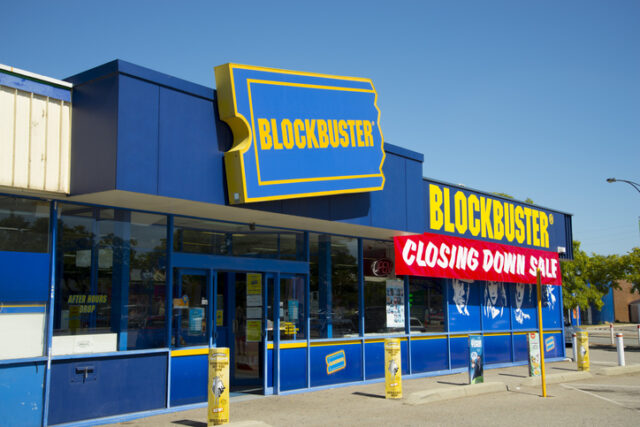
Blockbuster nights were still a thing 10 years ago, even if they were on the way out. Browsing aisles, picking a movie, debating snacks—it turned movie night into a real event, not just clicking a button at home. Streaming gives you endless choices, but it also flattens the experience. That little ritual of choosing a movie together, with all its built-in anticipation, isn’t really part of modern life anymore.
12. Leaving work at work

Remote work and smartphones have blurred the line between professional and personal life beyond recognition. A decade ago, you might still have had a chance to fully disconnect when you clocked out. Now, emails, pings, and “quick questions” creep into your evenings and weekends without much warning. That sacred feeling of leaving work behind at the office is something fewer and fewer people get to experience.




